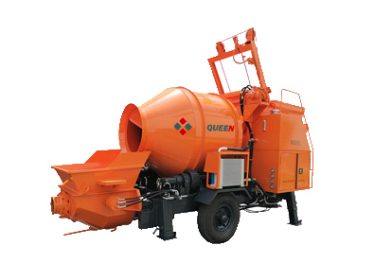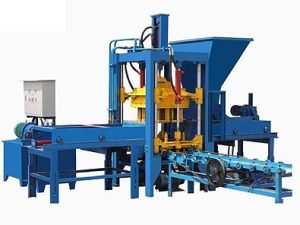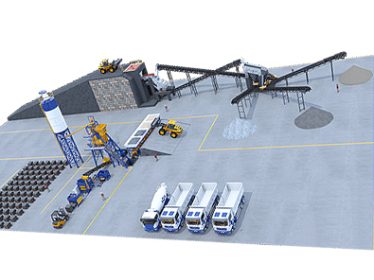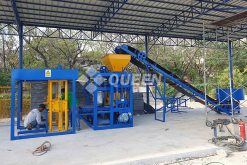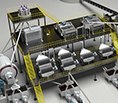Is Finer Raw Material Always Better for Brick Making?
 queenbrick
queenbrick
 June 5, 2025
June 5, 2025
If you want to know more details about equipment, solutions, etc, please click the button below for free consultation, or leave your requirements!
While it's true that finer raw materials have a larger surface area, which improves water absorption and plasticity, finer does not always mean better when it comes to brick production. Overly fine materials can actually cause problems during drying and firing, leading to defects in the final product.
In brick manufacturing, the particle size distribution of raw materials plays a critical role. Each size range serves a unique function in the formation and quality of the bricks:
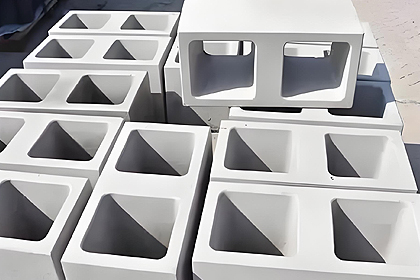
01Plastic Particles (< 0.05mm)
BackThese ultra-fine particles are typically clay, shale, gangue, or other clay-like materials. They contribute to the plasticity needed for shaping and molding the bricks. However, not all fine materials add plasticity. For example, finely ground river sand lacks the necessary binding properties, even if it’s very fine.
02Filler Particles (0.05 – 1.2mm)
BackFiller particles help control shrinkage and prevent cracking during drying and firing. They also provide strength to the green (unfired) bricks during molding. A balanced proportion of filler particles ensures dimensional stability and structural integrity.
03Skeleton Particles (1.2 – 2mm)
BackThese coarser particles act as the internal framework or “skeleton” of the brick. They enhance moisture evaporation during drying, reducing the risk of cracking and warping. Skeleton particles improve the overall drying efficiency and stability of the brick body.
04Size Limitations
BackFor hollow brick production, raw material particles should not exceed 2mm. Particles larger than 3mm are strictly avoided, as they can cause uneven shrinkage, cracks, and a significant reduction in the final product’s strength.
05Recommended Particle Composition
BackPlastic particles: 35–50%
Filler particles: 20–65%
Skeleton particles: Less than 30%
A well-balanced particle size distribution is key to producing high-quality bricks. It ensures proper plasticity, minimizes drying and firing defects, and contributes to the overall strength and durability of the finished product.
 +86 19137934740
+86 19137934740 queenmachinery@gmail.com
queenmachinery@gmail.com



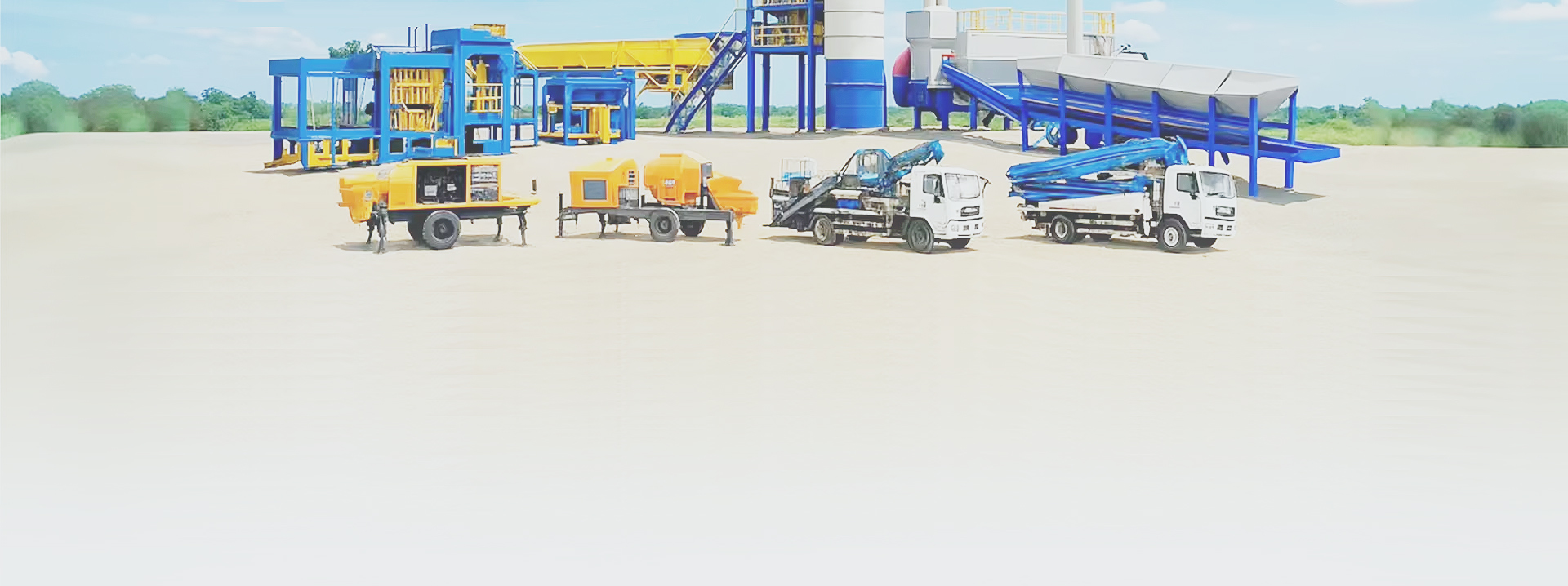
 Message
Message Chat Now
Chat Now


